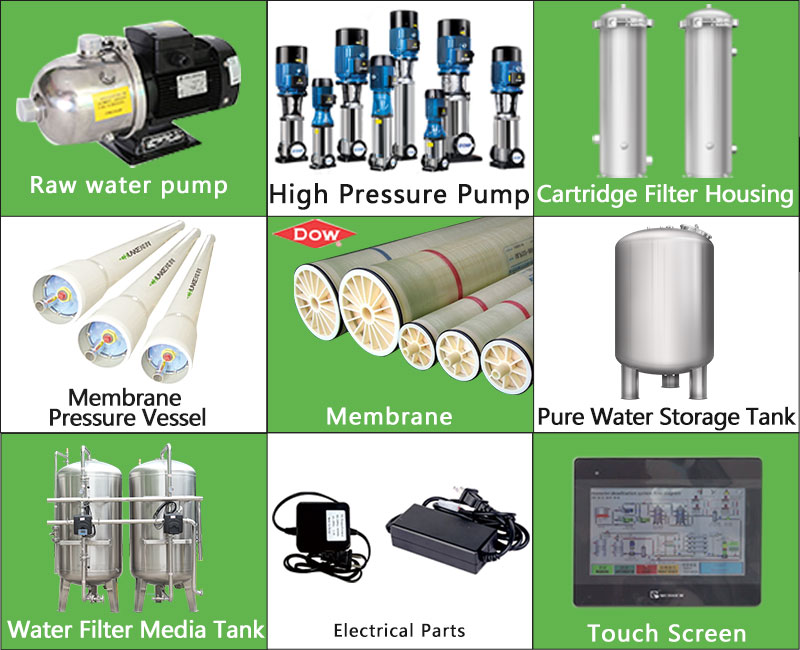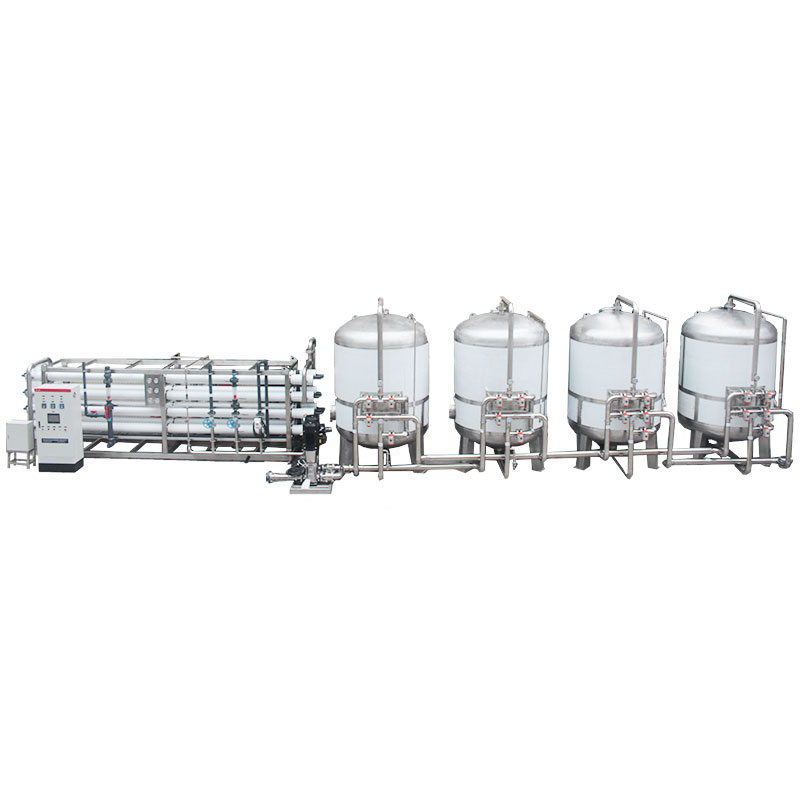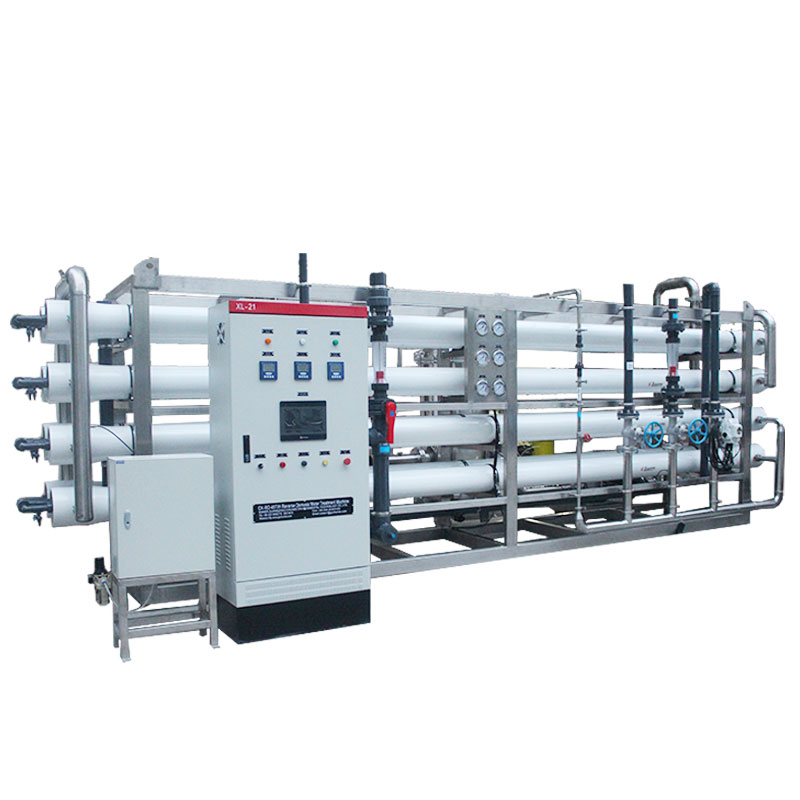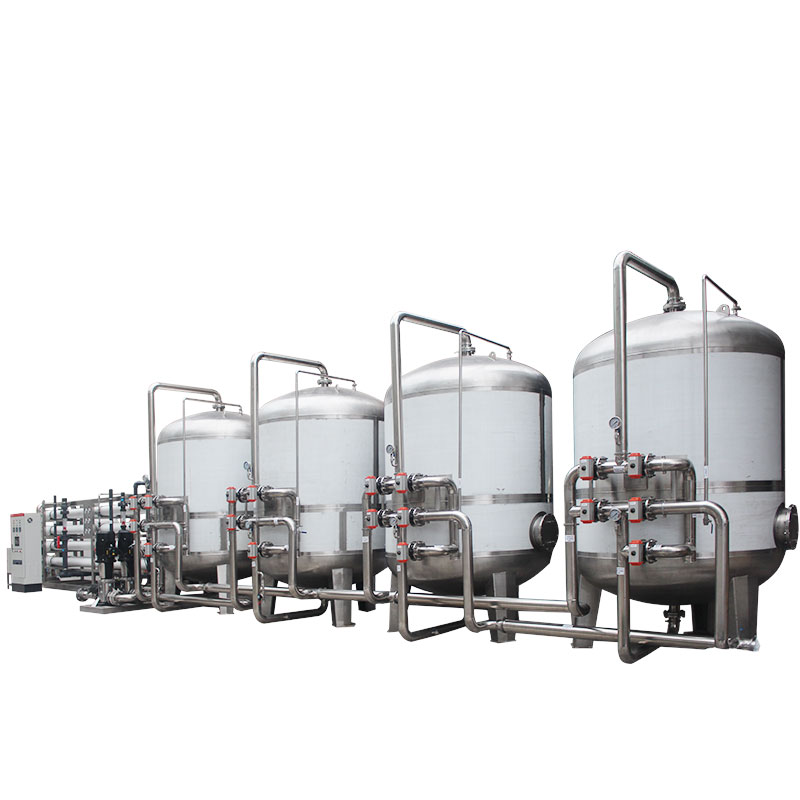What is the water treatment equipment in a hatchery?
In the aquaculture industry, water quality management in hatcheries is critical. The hatchery is responsible for cultivating the larvae of aquatic organisms such as fish fry and shrimp fry. They have extremely strict requirements on water quality, so water treatment equipment plays an indispensable role in the hatchery.
So, what exactly is water treatment equipment in a hatchery? What are the significant differences between it and other common water treatment equipment? This article explores these issues in detail to help you better understand hatchery water treatment technology.

What is hatchery water treatment equipment?
The water treatment equipment in the hatchery is mainly used to ensure stable water quality and provide a suitable growth environment. Since aquatic larvae are highly sensitive to parameters such as chemicals, microorganisms and dissolved oxygen in the water, hatcheries must control these factors through a series of specialized water treatment equipment.
Typically, hatchery water treatment equipment includes:
1. Mechanical filtration equipment
2. Biological filtration equipment
3. Chemical filtration equipment
4. UV disinfection equipment
5. Dissolved oxygen control equipment
1. Mechanical filtration equipment: used to remove suspended solids and particles in water. These devices typically include sand filters, mesh filters, and drum filters. The function of a mechanical filter is to reduce turbidity in the water body and ensure clear water quality.
2. Biological filtration equipment: Through the action of microorganisms, organic matter and toxic ammonia nitrogen in the water are converted into harmless nitrates. This process is usually carried out in a biological filter, which contains a large number of beneficial bacteria that can decompose organic pollutants and maintain the biological balance of the water body.
3. Chemical filtration equipment: used to remove harmful chemicals from water, such as chlorine, heavy metals and other pollutants. Common chemical filtration methods include activated carbon filtration and ion exchange technology. These devices can effectively adsorb or neutralize harmful components in water.
4. Ultraviolet disinfection equipment: Use ultraviolet irradiation to kill pathogenic microorganisms in the water and prevent aquatic larvae from contracting diseases. UV disinfection is a physical method that leaves no residue in the water and is suitable for use in hatcheries.
5. Dissolved oxygen control equipment: used to maintain dissolved oxygen levels in water bodies. Hatcherries often use air pumps or oxygen generators to ensure there is enough oxygen in the water to support the healthy growth of larvae.

Special requirements for hatchery water treatment equipment
Compared to other water treatment situations, hatchery water treatment equipment has unique requirements stemming from the extreme sensitivity of aquatic larvae to water quality.
1. Precise water quality control: Hatcherries need to accurately control various parameters in the water, including temperature, pH, ammonia nitrogen concentration and dissolved oxygen levels. Slight fluctuations in any parameter may adversely affect larval growth. Therefore, hatchery water treatment equipment is usually equipped with high-precision sensors and automatic control systems that can monitor and adjust water quality in real time.
2. Non-toxic and harmless treatment methods: Aquatic larvae are extremely sensitive to chemical pollution, so the water treatment equipment in the hatchery must adopt non-toxic and harmless methods. For example, use ultraviolet disinfection instead of chemical disinfection to avoid the residue of harmful chemicals.
3. Efficient biological filtration: Since larval excrement contains a large amount of organic matter and ammonia nitrogen, hatcheries need efficient biological filtration equipment to quickly decompose these pollutants. The bacterial community in the biofilter needs to be stable and have certain adaptability to environmental changes to ensure the sustainability of the filtration effect.
4. Prevent the spread of pathogens: Aquatic larvae in hatcheries are susceptible to disease threats, so water treatment equipment must be able to effectively prevent the spread of pathogens. This requires that the filtration equipment can efficiently remove pathogenic microorganisms in the water, and the ultraviolet disinfection equipment must also maintain high-intensity operation to ensure the safety of the water body.
5. Reliable oxygen supply: Dissolved oxygen is a key factor for the survival of aquatic larvae. The water treatment system in the hatchery is usually equipped with reliable oxygen supply equipment to ensure that the oxygen level in the water is always in an optimal state. Compared with other water treatment situations, hatcheries have stricter requirements for oxygen concentration, especially under high-density breeding conditions.

The difference between hatchery water treatment equipment and other water treatment equipment
Although hatchery water treatment equipment is similar in basic principles to other water treatment equipment, there are significant differences. These differences are mainly reflected in the following aspects:
1. Differences in treatment accuracy: Hatcherries require extremely high water quality treatment accuracy to ensure that every parameter is within a safe range. In comparison, other water treatment situations (such as industrial water treatment or urban sewage treatment) have lower requirements for water quality accuracy and focus more on large-scale and rapid treatment.
2. Equipment durability and adaptability: Water treatment equipment in hatcheries usually requires continuous operation for a long time, and the durability and stability of the equipment are crucial. In addition, equipment needs to be able to adapt to small changes in water quality, responding quickly and adjusting. This is different from the needs of equipment in other situations. For example, urban sewage treatment equipment is usually maintained regularly and does not require such high stability and adaptability.
3. Restrictions on the use of chemicals: Hatcherries have stricter restrictions on the use of chemicals to avoid toxic effects on larvae. In other water treatment situations, such as industrial wastewater treatment, a large amount of chemicals are usually used to achieve fast and efficient treatment results.
4. Pathogen control focus: Hatchery water treatment equipment attaches great importance to pathogen control because larvae are extremely sensitive to disease. In other areas of water treatment, pathogen control is of relatively low importance, especially in industrial water treatment, where the requirements are not as stringent as in hatcheries.
5. Scale of treatment system: Hatcherries usually treat small-scale, high-density water bodies, requiring equipment to achieve optimal treatment results in a limited space. In contrast, other water treatment systems (such as municipal sewage treatment plants) tend to treat large-scale water bodies, and the equipment is much larger in size and treatment capacity.

Use cases for hatchery water treatment equipment
Take a large fry hatchery as an example. The hatchery produces millions of fry every year and has extremely strict water quality requirements. To ensure the healthy growth of fry, the hatchery is equipped with a full set of advanced water treatment equipment, including mechanical filtration, biological filtration, ultraviolet disinfection and dissolved oxygen control systems.
In actual operations, the hatchery monitors water quality parameters in real time to ensure that the ammonia nitrogen concentration in the water is always maintained at a safe level. Ultraviolet disinfection equipment operates 24 hours a day, effectively preventing the spread of pathogens. In addition, the dissolved oxygen control system ensures an adequate supply of oxygen in the water and avoids the stress response of the fry due to lack of oxygen.
Due to the efficient operation of these water treatment equipment, the survival rate of fry in the hatchery has been significantly improved and the incidence of disease has been significantly reduced, ultimately achieving a win-win situation of economic benefits and environmental protection.
Conclusion
Hatchery water treatment equipment is of irreplaceable importance in the aquaculture industry. Compared with other water treatment equipment, hatchery equipment has higher precision requirements and the treatment process is more detailed and rigorous. Choosing appropriate water treatment equipment can not only improve the production efficiency of the hatchery, but also effectively ensure the healthy growth of aquatic larvae, providing a solid foundation for the sustainable development of the aquaculture industry.




